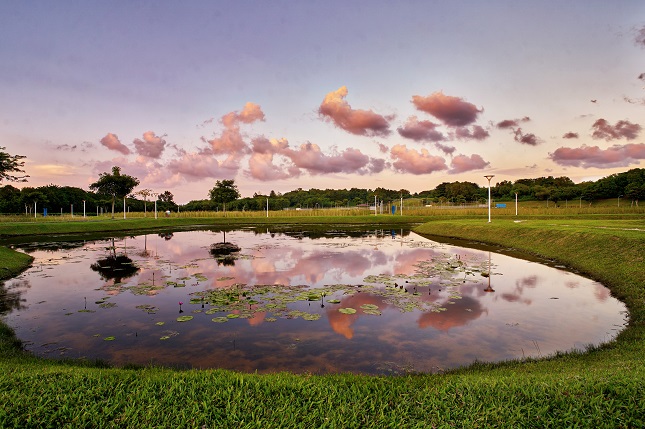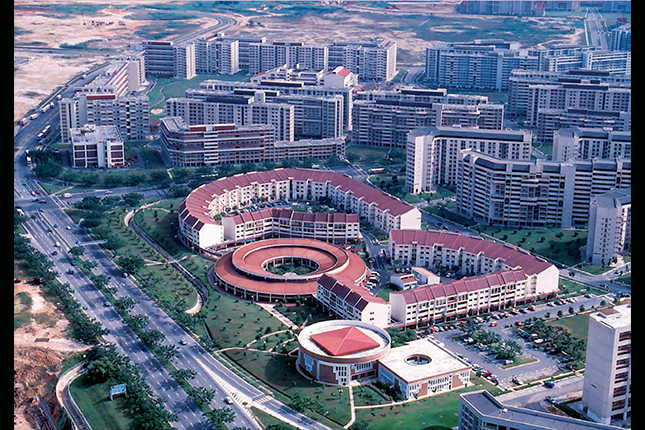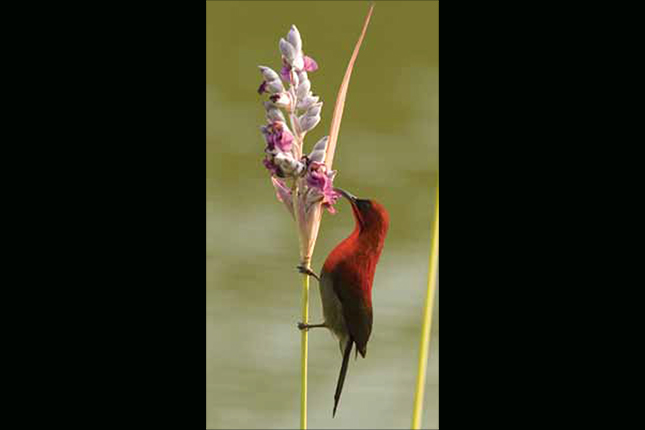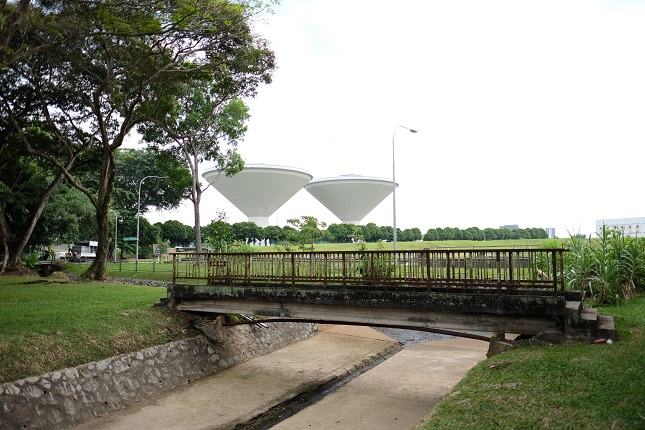Before Lorong Halus Wetland was built in 2011, this area was known for its sewage disposal centre and landfill facilities. In 1941, the Municipal Commission completed the Serangoon Sludge Disposal Works as part of a sewerage scheme that served the northern and eastern areas of Singapore.
Located on swampy ground along Sungei Blukar, the Sludge Works functioned in tandem with the Sewage Disposal Works at Kim Chuan Road. Sludge, or solid waste left after treatment of sewage, was sold as fertiliser or used to reclaim swampland in the area. The facility also handled night soil (human excrement collected in buckets) and was the last such disposal station when the system ended in 1987.
In the 1950s, part of the former swampland around the Sludge Works was used as a refuse dump. Within two decades, the landfill expanded to 234ha, and the refuse mounds reached as high as 10 storeys. The proximity of the landfill also led to an informal market of scrap dealers setting up shop along Tampines Road in the 1980s and buying scrap metal from lorry drivers carting industrial waste to Lorong Halus.
When construction of the Serangoon Reservoir started in the 2000s, the Public Utilities Board decided to convert a portion of the former landfill into a wetland that would help treat potential contaminants in groundwater. Today, the Lorong Halus Wetland serves as a bio-remediation system for the Serangoon Reservoir and a haven for biodiversity.
















